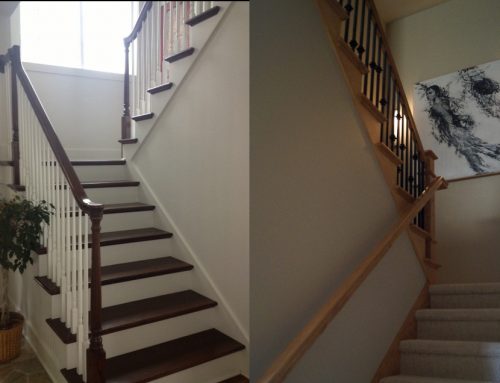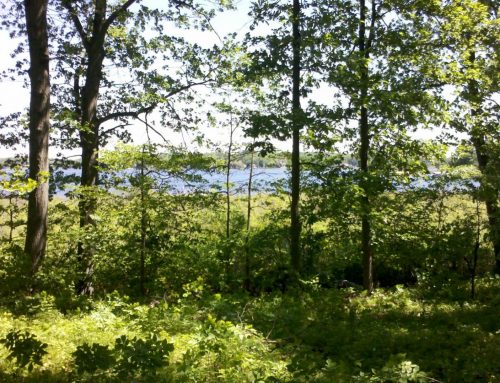There are significant differences between a developed subdivision lot and an undeveloped property and being aware of these basic differences should help in deciding which type of property works best for you.
If you prefer a developed subdivision lot, public sewer and water are typically available but there will normally be a charge to hook up to these utilities. Public walks are also required on selected lots in a subdivision and if they are indeed required, you will be responsible for the installation and the cost thereof. As a practice we determine what those expenses will be and include them in the price of the home.
An undeveloped lot – sometimes referred to as metes and bounds – will typically not have public water and sewer available and will require a private well and septic system. Aside from the cost, the well is a relatively easy endeavor. The application process for a septic system, however, is complicated and the time frame to receive approval can be as much as two months depending on the county. The approval process usually requires a professional geologist and an engineer and we have good relationships with these professional and can help in that process. A very rough approximation for well and septic would be $ 15,000 as compared to $ 2,500 for hook-up fees to a public system, so please take that into account when shopping for a building site.
We suggest that you also account for the differences between developed and undeveloped sites in the cost of obtaining electrical and gas service. The utility companies typically don’t charge to bring service to a home being built in a subdivision, but due to the nature of undeveloped lots, you can expect to incur charges for the utilities to install service to your home.
Some of the added expense to obtain service can be offset depending on your preference as to how your home is heated, cooled and what type of appliances you want installed. Some companies will take into account the revenue that will be generated from your home for a particular period of time and apply some of that to what they will charge to bring service to your home.
A good example of this is the decision to use geothermal heating/cooling for your home. This will increase the expected revenue to the electrical company, some of which is applied to the cost to install the service. It is wise to check with the utility provider for the lot you’re considering, regarding their specific program for providing service.
Lot size is a factor that is not simply a question of aesthetics but has other implications in determining what makes the most sense for you. Allen County, for instance, requires that a home site be a minimum of 2 acres. Theoretically, this allows enough room for a properly sized private septic system and space for a second system in the event the primary system fails.
If you are considering geothermal as your heating/ cooling source this either requires substantial ground area for a closed loop system or a well with proper discharge options for an open loop system. Neither of these options is usually available for subdivision lots.
Other items specific to the building site that will impact the overall cost of your new home are that undeveloped lots normally require longer driveways and larger lawns than most subdivision lots, which obviously will add to the overall expense of the project.
In summary, these are some of the crucial factors that should be considered when choosing between a subdivision lot and an undeveloped building site on which your new home will be constructed. Lynn would be more than happy to view any site that you may be considering and offer any suggestions he feels would help in your site selection process.


